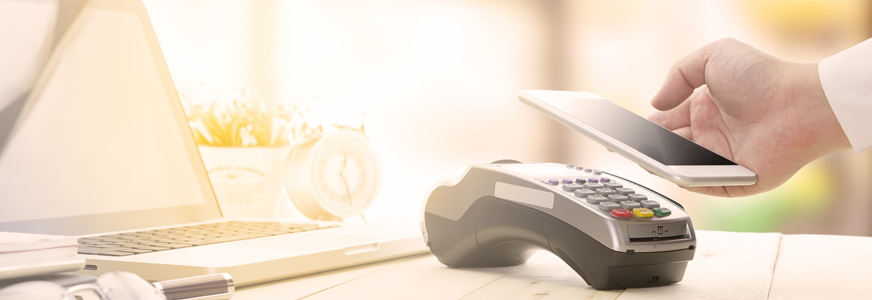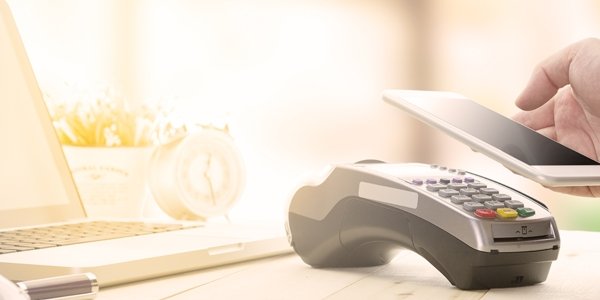
by Hans Van Den Bosch, Global Sector Head Consumer Brands, Retail and Healthcare, Global Liquidity and Cash Management, HSBC
A cashless society is like a paperless office: often promised, but never quite achieved. Nevertheless, progress is being made in reducing cash transactions in the retail market, as major retailers explore new payment channels for their customers. However, as Hans Van Den Bosch, Global Sector Head, Consumer Brands, Retail & Healthcare, Global Liquidity and Cash Management at HSBC explains, a number of fundamental issues still need to be addressed to smooth the path to a cashless society.
While cashless payments have made progress in recent years, the quality of the underlying payment infrastructure and the capabilities of banks are delaying further progress. Irrespective of the interface used – cards, mobile phones, electronic wallets or any other method – a payment still has to be moved. This transfer of value is immediate with physical cash: a note or coin is handed over in exchange for merchandise or a service. The transfer of value may not be so immediate with other payment methods: much depends upon the infrastructure that actually moves the funds. In some countries, electronic payment systems are now available that can transfer funds in real or near real time (often referred to as ‘instant payment systems’), but elsewhere this process may take anything from overnight to several days. The good news is that this situation is gradually improving, with a growing number of countries committing to, or already building, instant payment systems.
As these new instant payment systems are rolled out, barriers to the introduction of new retail payment methods fall. As they will be able to rely upon the underlying payment systems to transfer value, any new way of initiating a payment will be as immediate as physical cash, but without the physical security risks and physical handling costs, as well as being less costly than other electronic payment methods, such as credit cards. In some cases, new payment mechanisms may also leverage existing electronic methods, such as linking mobile phones, electronic watches or other technology to payment cards. Nevertheless, one of the critical enablers of this progress will be the quality and speed of the underlying mechanism for moving payments.
Sign up for free to read the full article
Register Login with LinkedInAlready have an account?
Login
Download our Free Treasury App for mobile and tablet to read articles – no log in required.
Download Version Download Version


























